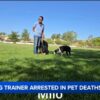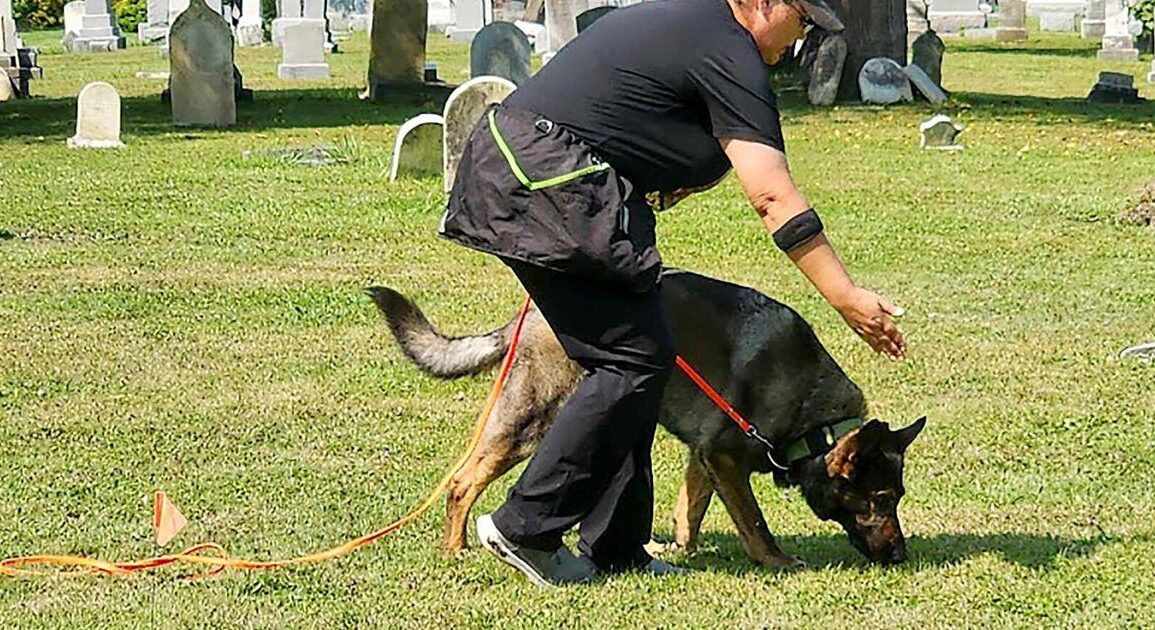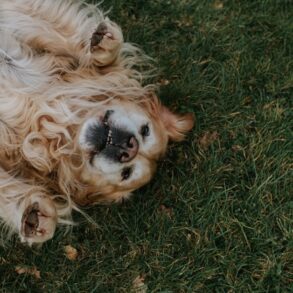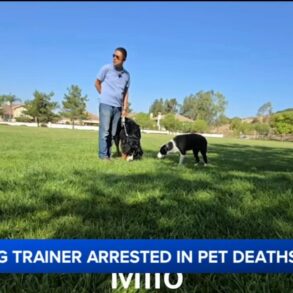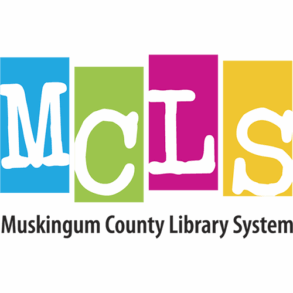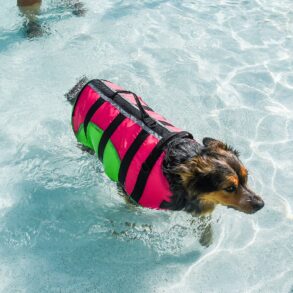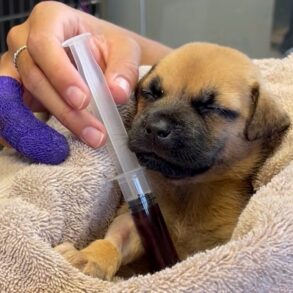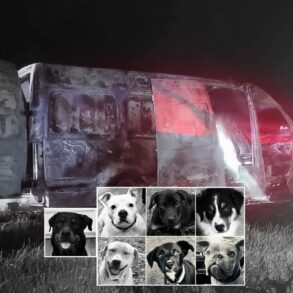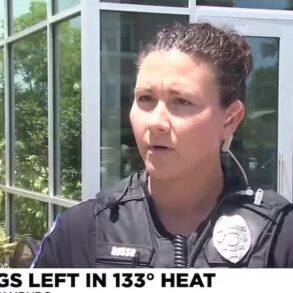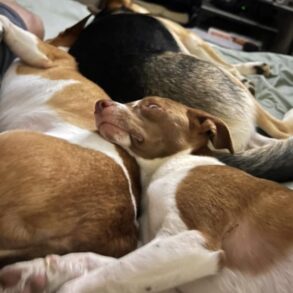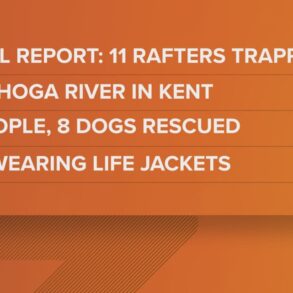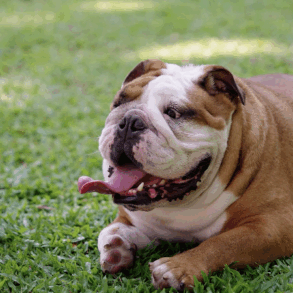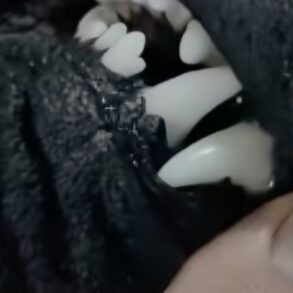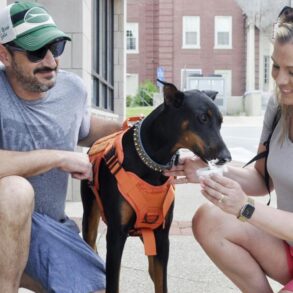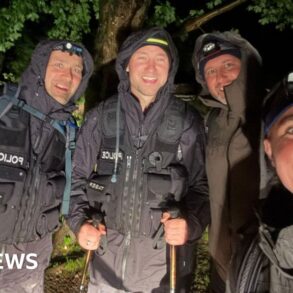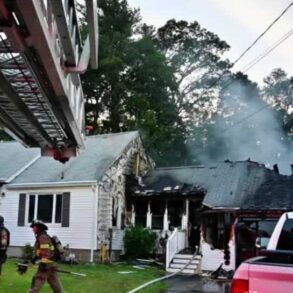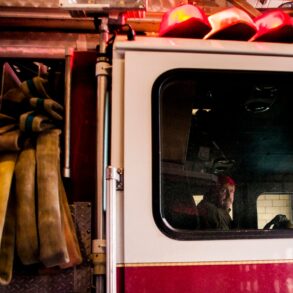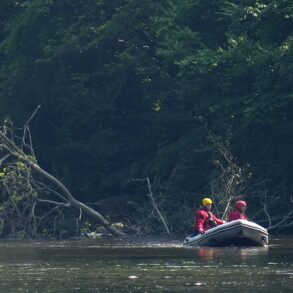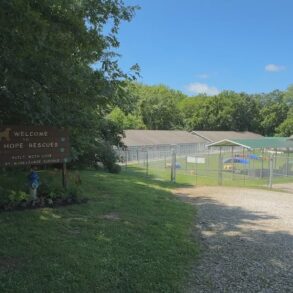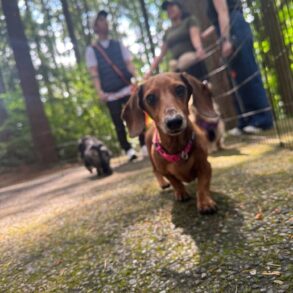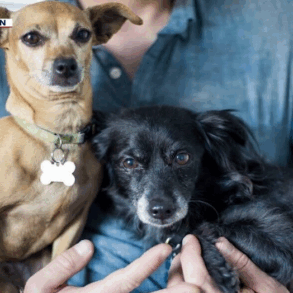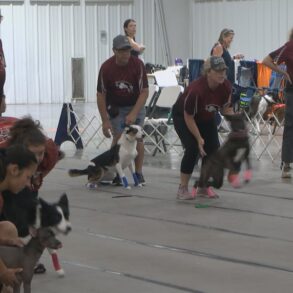
As the dog days of summer extended into September this year, a four-day, hands-on, paws-on-the-ground workshop kicked off at the Niagara County Public Safety Building on Niagara Street, next to the county jail. Titled “Managing and Training for the HRD (Human Remains Dog), Cold Case Search,” the workshop organized by Kyla Rice of Lockport involved dogs and their trainers from Canada and the United States.
Led by Paul Martin from Rossville, Tennessee-based Martin Archaeology Consulting, the workshop was attended by 11 practiced dog handlers. I was invited to Cold Case training by Lockport-based dog handler Kyla Rice, who is active in local search and rescue activities.
Here, roughly, is what the training involved.
Day one: The first day of classroom instruction was about the process; dogs, how to further train them, and lessons learned from previous cold cases, some sensational with national recognition. There was an emphasis on coordination with law enforcement, fire and other official departments. Yes, all of the students were women; it seems women outnumber men by an 80/20 or higher ratio in volunteer search and rescue organizations.
Day two: Out in the field, we got an early start — 8 a.m. — at Fort Niagara Historic Cemetery, Youngstown. According to Jerome Brubaker, assistant director of the Old Fort Niagara Association, the Historic Cemetery at Fort Niagara has undocumented remains going back to 1759. This was an excellent site to further focus the dogs and their handlers on the necessary steps to find old human burial sites. In the cemetery each handler and their dog walked with Paul Martin, the instructor, who guided them through the training.
Day three: Training was conducted in a rugged older section of Glenwood Cemetery, Lockport. Historical accounts mention there were burials here as early as the 1820s, although Glenwood was not incorporated until 1863. Surrounded with rolling acres of scenic mounds, it’s one of Western New York’s most picturesque cemeteries.
Training took place at the end of a seldom used grassy path in the cemetery, and this was where I began to see that working with Human Remains dogs is a skilled job, a craft, requiring high levels of caring, attention and minding. The close relationship of a dog with its handler is of foremost importance and when this is in harmony it all works.
Day four: The last training site in the workshop was St. John’s Lutheran Cemetery in North Tonawanda. An active cemetery, St. John’s was an outgrowth of the Holy Ghost Church in Bergholz. It was a cemetery for the early German settlers in the area with the first recorded grave dated 1854. St. John’s is now overseen by superintendent Robert Mueller and helped by a group of volunteers, guided by Jeff Manning of Lewiston, who are restoring the earlier sections.
At the cemetery, the task for the dogs and their trainers was to find the loosely documented 130-plus graves that were believed to be in a rough-mowed section containing no headstones. As we assembled at 8 a.m. we were notified that Ground Penetrating Radar was not going to be available. We did not need it — the dogs went to work and did the job. Wherever human remains were indicated by the dogs, they were flagged, and patterns of rows started to emerge. The records show that more than 100 of the interments in this section were infants.
The next step for the resolute St. John’s volunteers will be to probe the flagged rows to see if there are sunken markers. If so, the markers will be cleaned, repaired, and placed in their original locations.
• • •
What I saw, while going through this workshop, was an excellent instructor, very dedicated students — that includes the dogs — and active participation in the classroom and out in the field. This is a complex process with multiple certifications and education required for both the handlers and their dogs. Just to keep the basic certification requires a minimum of 16 hours of training per month.
Talking to the handlers, I learned their experience ranges up to 30-plus years. I can only mention a few but they all are deserving of recognition for their service to humanity. Here are examples of their current work and background.
The Canadian group, Sherri Hall, Deb Salo and Suzy Olson, are working together with the Canadian government and the Wauzhushk Omigum Nation on the discovery of unmarked graves on the grounds of the former St. Mary’s (Kenora) Indian Residential School in Kenora, Ontario. They signed on for this particular workshop to further assist in that effort.
Western New Yorkers Marlene Crimmen and Kathy Galus are active members of the volunteer Niagara Frontier Search and Rescue, a not-for-profit group based in Orchard Park. The organization serves Niagara, Orleans, Genesee, Erie, Cattaraugus, Allegany, Wyoming and Chautauqua counties, assisting law enforcement, fire departments, park and forestry organizations with searches. These dog handlers are also full-time professionals working at local institutions — Crimmen is a psychology professor at Erie Community College and Galus is a pharmacist at Roswell Park Comprehensive Cancer Center.
When searches make news, most of the cases involve missing people, for example, an elderly person who has wandered away from their care facility or a vulnerable child who is reported lost. When hikers are reported missing in rural forests and areas such as the Niagara Gorge, dogs with specific training are used to track and find them.
Human Remains dogs are called in on a current situation or a cold case that usually involves law enforcement or a fire unit and can result in the finding of evidence of human remains. At that point, the information is turned over to authorities. These dogs are sometimes referred to as cadaver dogs.
In Western New York, and other parts of the United States, a parallel group of private, non-profit organizations has developed to aid police and fire departments with their searches for missing persons and crime-related investigations. Although it is up for debate, in some situations, the private outfits often have more assets to help authorities with searches. They’re prepared to respond quickly with qualified handlers and experienced dogs. Authorities may have limited resources. The goal is to work together.
The expenses of the dogs, their veterinary care, the handlers’ time, their large, equipped vehicles, training and transportation are all donations from the handlers.
• • •
Thank you to Kyla Rice for organizing the training, Cornerstone Veterinary Clinic for its support and instructor Paul Martin for letting me take part in the training.
And a big thank you to the participants and their dogs for allowing me to observe and share your stories. These dedicated handlers, all volunteers, are involved in a particularly worthy vocation. This is not a routine day job, it is a calling with a purpose, a life’s work with a mission. I am honored to be invited into your world.
.
This post was originally published on this site be sure to check out more of their content.



